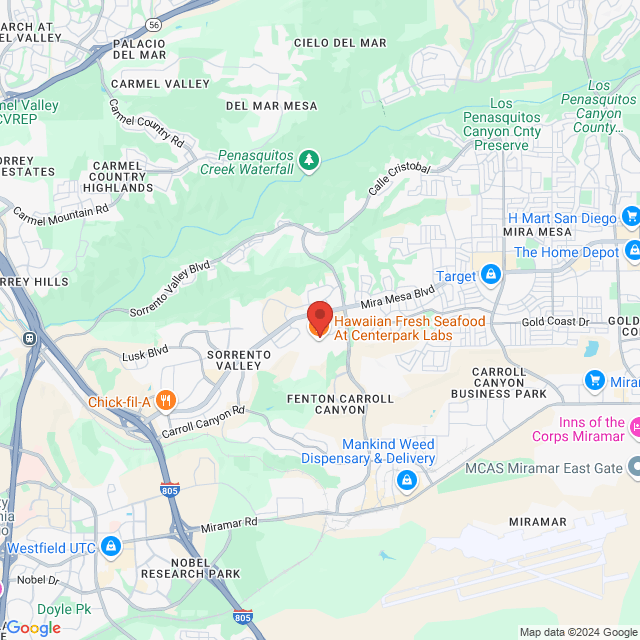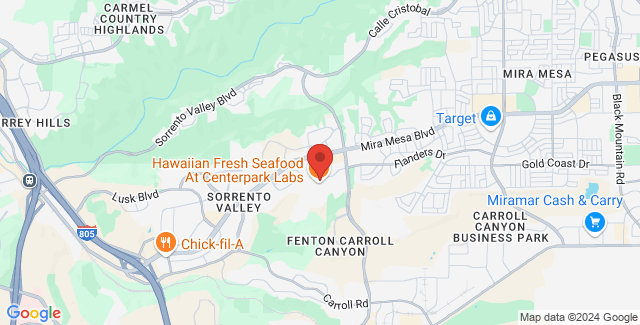The Juvenile Justice System
The goals of America's juvenile justice system are to keep citizens safe and rehabilitate delinquent youth. Unfortunately, due to lack of funding, policymakers are not always able to establish programs that achieve these goals. While preventative and rehabilitative measures have been shown to significantly decrease the occurrence of juvenile offenses, the benefits of such programs can take years to take effect. Increasing the number of juvenile penitentiaries may help keep citizens safe. However, unless rehabilitative policies are enacted, delinquents may continue to commit offenses when their sentences are up.
The Juvenile Justice and Delinquency Prevention Act
The Juvenile Justice System was instituted during the Progressive Era, a period of social reform in the United States. It was initially established to assist delinquent youth that were being tried within the adult system. Since that time, the program has undergone a number of policy changes. The landmark policy that established the system we currently operate under was the 1974 Juvenile Justice and Delinquency Prevention Act.
The Juvenile Justice and Delinquency Prevention Act called for a "deinstitutionalization" of juvenile delinquents. It required that states holding youth within adult prisons for status offenses remove them within a span of two years (this timeframe was adjusted over time). The act also provided program grants to states, based on their youth populations, and created the Office of Juvenile Justice and Delinquency Prevention (OJJDP).
Through reauthorization amendments, additional programs have been added to the original Juvenile Justice and Delinquency Prevention Act. The following list highlights a few of these additions:
- 1977 - Programs were developed to assist learning disabled children that entered the juvenile justice system.
- 1984 - A new missing and exploited children program was added.
- 1984 - Strong support was given to programs that strengthened families.
- 1988 - Studies on prison conditions within the Indian justice system.
- 1990 - The OJJDP began funding child abuse training programs to instruct judicial personnel and prosecutors.
- 1992 - A juvenile boot camp program was designed to introduce delinquent youth to a lifestyle of structure and discipline.
- 1992 - A community prevention grants program gave start-up money to communities for local juvenile crime prevention plans.
Current Standing of the Juvenile Justice System
Since the late 1990s, gun control laws have been debated, school safety programs have been enacted, juvenile offenders have been sent to adult prison, and anti-drug use crusades have been pushed. The juvenile justice system has been studied and adjusted in response to statistical alarms and specific successes. The system finds itself irresolute at present, faced with the discouraging prevalence of crime, a lack of funding for preventative programs, and disagreement over the principles that define its very foundation. Ideologically, and practically, America is grappling with a number of questions about juvenile justice; among them, the following:
- At what age is a juvenile to be held accountable for his or her actions?
- Is it permissible to try and punish minor offenders as adults?
- Can the death penalty be applied to juveniles?
- To what extent is a parent or guardian responsible for the actions of a youth in his or her care?
- Why do minority youth make up such a disproportionately large portion of prison inmates?
- Is it appropriate that parents who can afford to independently fund rehabilitation for their children may care for them at home, when otherwise they would be placed under the care of the state?
- Are juvenile and adult penitentiaries unsafe places for youth to live?
- Is the incarceration of juveniles counterproductive?
- Do juveniles have an increased right to confidentiality?
Through research into which programs have been effective - both at home and abroad - policy makers hope to develop strategies that will decrease crime rates in future years. By taking the initiative to build anti-crime programs structured to fit local needs, community leaders have generated a plethora of information on which programs work, where they work, and what it takes to carry them out. Current U.S. policy aims to balance public safety with the effective rehabilitation of youth, and courts seek to individualize recommendations to fit the situations of young offenders.
Find a Juvenile Defender near You
If you are interested in learning more about the juvenile justice system and juvenile delinquency, contact a criminal law lawyer for more information.




